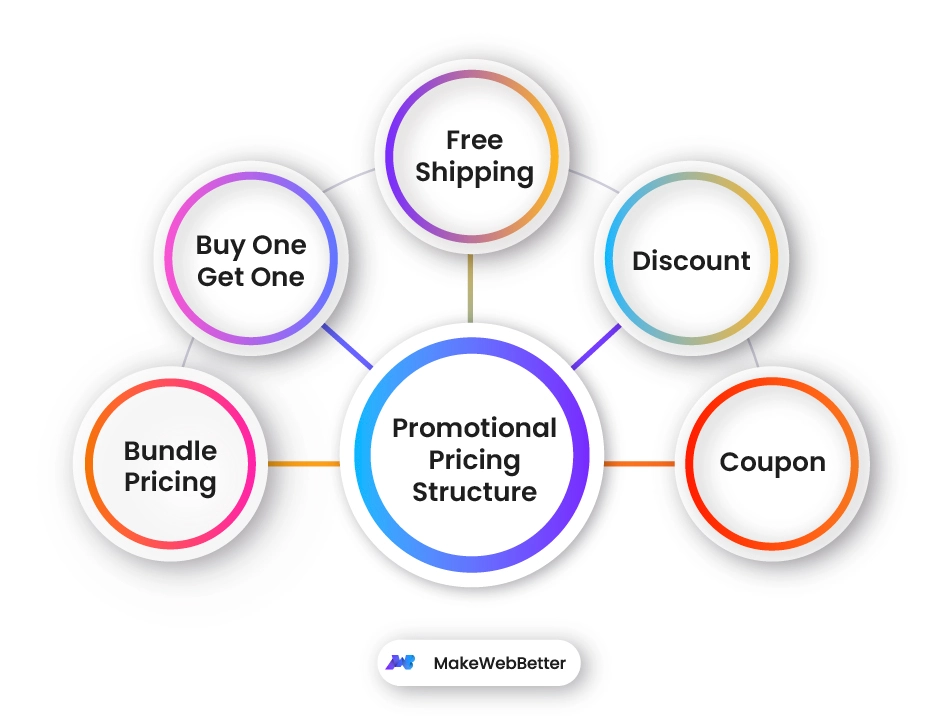
Master Effective Prices Approaches to Optimize Profit
In the ever-evolving landscape of business, mastering effective pricing approaches is crucial for organizations aiming to take full advantage of earnings. A nuanced understanding of rates psychology can significantly influence client habits and buying decisions.
Recognizing Pricing Psychology
Comprehending pricing psychology is essential for organizations intending to optimize their rates methods. This area examines how customers view costs and just how these assumptions affect their acquiring decisions. Trick ideas in rates psychology include the anchoring impact, where the initial rate presented acts as a recommendation factor for customers, and the principle of rate level of sensitivity, which differs among various customer segments.
Additionally, companies can utilize the concept of perceived worth, where the perceived benefits of a product and services can justify a greater cost point. Premium rates can develop a mood of exclusivity, attracting consumers who associate greater costs with exceptional high quality. On the various other hand, mental rates, such as establishing a rate at $9.99 rather of $10, can considerably impact consumer behavior by making rates appear a lot more eye-catching.
Moreover, deficiency and seriousness can boost the viewed value of items, motivating quicker acquiring decisions. Recognizing these mental triggers makes it possible for companies to formulate prices approaches that not just drive sales yet also foster customer loyalty. Hence, grasping pricing psychology is crucial for efficient pricing method formulation, bring about boosted productivity and market positioning.
Executing Value-Based Prices

First, conduct comprehensive marketing research to identify the worth drivers for your target audience. This can include functions, quality, brand name credibility, and client service. Next off, sector your customers based upon their determination to pay and the value they regard. By doing so, you can customize offerings and pricing methods to straighten with various sectors.
Continually check market problems and consumer responses to fine-tune your prices approach over time. By executing value-based rates, services can improve profitability while cultivating lasting client commitment.
Checking Out Dynamic Prices Models
In today's swiftly transforming market landscape, dynamic pricing designs have become an effective approach for services seeking to enhance revenue and reply to fluctuations sought after. These versions allow business to readjust their prices in real-time based upon various factors such as client behavior, market trends, and stock levels. By leveraging information analytics and formulas, services can identify ideal rates factors that optimize sales while continuing to be competitive.
Dynamic rates can take various types, including time-based prices, where prices change based on time of day or period, and demand-based pricing, which adjusts costs Visit Website according to existing customer demand. This versatility not just enhances success yet additionally improves consumer complete satisfaction by using costs that show real-time market problems.
Carrying out vibrant pricing calls for a robust technical facilities and a deep understanding of consumer sectors. It is essential for organizations to check market signals and consumer reactions continually, ensuring that rates methods straighten with broader service objectives. Clear communication about prices changes can help alleviate client dissatisfaction and foster trust fund, ultimately leading to sustained productivity in a competitive marketplace. Accepting dynamic prices can thus be a transformative approach in the quest for maximizing earnings.
Studying Rival Prices
Keeping an eye on competitor pricing is crucial for businesses aiming to preserve a competitive side in their respective markets. By assessing rivals' rates strategies, business can determine market trends, comprehend customer preferences, and change their rates as necessary. This evaluation entails celebration information on rivals' prices, marketing techniques, and item offerings to educate prices choices.
To successfully analyze rival pricing, services should utilize different tools and strategies, such as rate tracking software program, market study reports, and client responses. This information can disclose exactly how competitors place their services and products, allowing organizations to separate their offerings or adopt comparable methods to remain appropriate.
In addition, it is essential to classify competitors right into indirect and direct rivals. Straight rivals supply comparable product and services, while indirect competitors might accomplish the very same customer demand with various remedies. Recognizing the subtleties between these teams will certainly allow companies to customize their prices techniques better.
Ultimately, ongoing blog here rival rates evaluation is vital for making informed prices choices. It allows businesses to stay dexterous in response to market changes, guaranteeing they can seize chances and minimize dangers linked with rates techniques.
Evaluating Rates Performance
Recognizing just how competitor pricing affects market dynamics brings about an all-natural emphasis on examining rates efficiency within one's own company. This assessment is essential for identifying locations of toughness and opportunities for improvement, inevitably boosting profitability.

Additionally, performing routine pricing audits can expose discrepancies between anticipated and actual efficiency. This involves contrasting pricing information throughout different sectors and networks to recognize differences and identify trends. Incorporating client comments can supply understandings right into perceived value versus real prices, ensuring placement with market expectations.
Last but not least, leveraging data analytics tools can help with much deeper understandings right into rates performance, allowing businesses to make data-driven adjustments (Pricing Strategy). By constantly evaluating prices efficiency, organizations can adapt to market changes and maximize their strategies, ensuring sustained earnings in a competitive landscape
Conclusion
By leveraging prices psychology, services can enhance viewed worth and dressmaker pricing to varied client sectors. The adoption of vibrant and value-based rates designs facilitates real-time adjustments based on demand and customer desire to pay.
Comprehending rates psychology is critical for organizations intending to maximize their rates techniques. Understanding these psychological triggers makes it possible for businesses to develop rates methods that not just drive sales however likewise foster consumer loyalty. Hence, grasping rates psychology is necessary for reliable pricing strategy formula, leading to improved profitability and market positioning.
By examining competitors' pricing strategies, firms can determine market patterns, understand customer preferences, and adjust their pricing as necessary. By leveraging rates psychology, services can enhance perceived value and tailor prices to diverse customer sections.